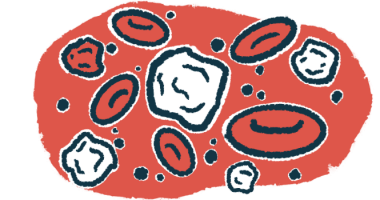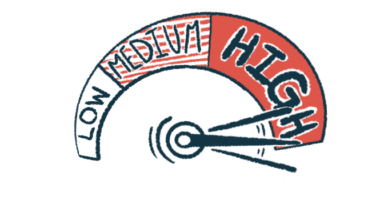Symptoms of Scleroderma
Esophageal Dysfunction
Scleroderma patients with digestive tract involvement may experience symptoms such as heartburn, difficulty swallowing, a feeling of fullness, and intestinal complaints such as diarrhea, constipation, and gas. Gastroesophageal reflux disease is one of the most common symptoms that can develop into a chronic condition in scleroderma.
Microstomia
Microstomia, one of the symptoms of scleroderma, is the name given to the tightening and hardening of the skin around the mouth. This tightening can ultimately cause difficulties in speaking, eating, brushing and flossing the teeth, as well as with dental procedures. It is not possible to prevent its development, but there are ways to delay or manage the difficulties associated with this condition.
Muscle and Joint Involvement
If scleroderma affects the muscles, symptoms like muscular pain and muscle weakness are likely. If the joints are affected, patients may experience symptoms that are arthritis-like in their nature, including pain, stiffness, swelling, warmth, and tenderness. Joint involvement is relatively easy to diagnose, but muscle involvement is harder, because a person may experience no symptoms until muscular weakness is evident.
Raynaud’s Phenomenon
Almost all scleroderma patients develop what is called secondary Raynaud’s phenomenon, a condition where the fingers and toes feel numb, prickly, and frigid in response to cold temperatures or stress. This is caused by the excess collagen that narrows small blood vessels in the fingers and toes. Raynaud’s phenomenon is among the earliest symptoms of scleroderma.
Sclerodactyly
Sclerodactyly is the thickening and hardening of the fingers, and sometimes toes, as a result of excessive collagen buildup in the skin. It is among the five symptoms that mark limited scleroderma, also known as CREST syndrome. (CREST stands for calcinosis, Raynaud’s phenomenon, esophageal dysfunction, sclerodactyly, and telangiectasias).
Telangiectasias
Telangiectasias are small blood vessels that become dilated, or widened, near the surface of the skin. They look like fine pink or red spots or lines that whiten briefly under pressure. Clusters of these blood vessels are called “matted telangiectasias” and form pink or red spots on the skin. They are common to both limited scleroderma and diffuse scleroderma.






